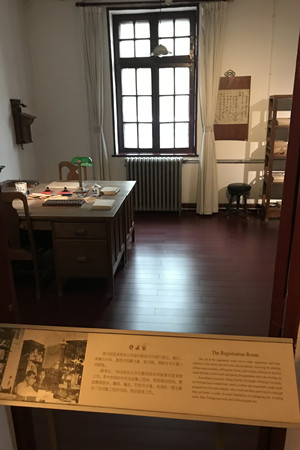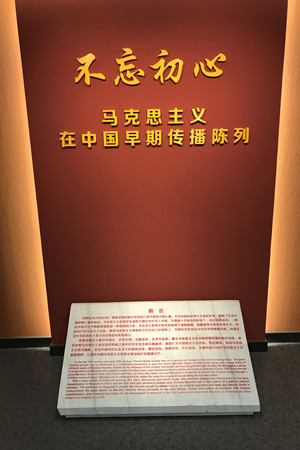Peking University, June 1, 2018:
This article is part of a series of pieces exploring the architecture of Peking University’s campus in honor of the University’s 120th anniversary.
Although it was once the main campus of Peking University — today, the Red building is far from the university.
This year, students gathered together to celebrate the 120th anniversary of Peking University (PKU). There were parades, conferences, performances and other events on the main campus in Haidian area. While these activities commemorated the founding of PKU in 1989, prior to 1953, the main campus was located elsewhere.
Indeed, since it was founded in 1898, the main campus has been relocated several times due to China’s internal conflicts. In 1918, the main campus moved to the location that is today known as the Red Building. There, a strong foundation for the school was laid under President Cai which paved the way for PKU to reach its current status today.
The Red Building was so named because of its red brick walls and red tile roof. The building is significant for both PKU and China because of its history. Within its walls, elite students developed an early sense of Marxism , which has, since then, shaped China’s modern political framework. During the university’s tenure at the site, the name of the institution changed from the Imperial University of Peking to its current name, Peking University.
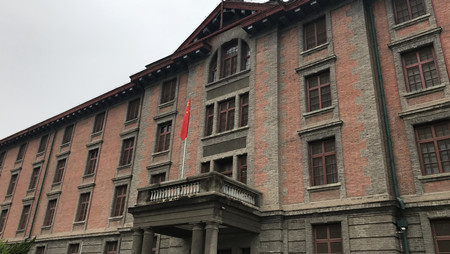
The Red Building
The cradle of the modern revolution and great leaders
While many people know that the philosophy of the modern China draws on Marxism, only a few know the origins of this philosophical development in China.
While the main campus of PKU was located at the Red Building, it became an important site of political development in China. It was here Chairman Mao once worked as a PKU librarian and other senior leaders of the early communist party educated the next generation and spread ideas of science, democracy and Marxism.
The registration room for keeping the record of books
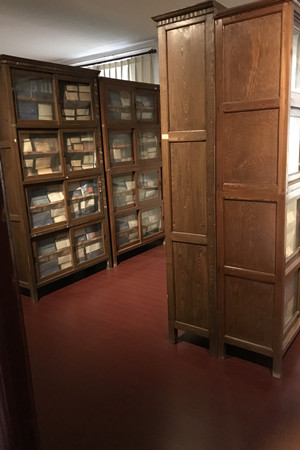
‘The library’ where Chairman Mao worked in his early life
President Cai (Cai Yuanpei), the president of PKU from 1916 to 1927, was one of the greatest Chinese university leaders and was responsible for making PKU the outstanding institution of higher education that it is today. Under his management, education was revolutionised as communication with overseas experts increased and the long history of “close-door education ” was abandoned. He also made great changes to the teaching staff: influential educators like Lu Xun were hired while underqualified ones were removed from the faculty. In commemoration of his contributions, Yuanpei College on the PKU main campus bears his name.
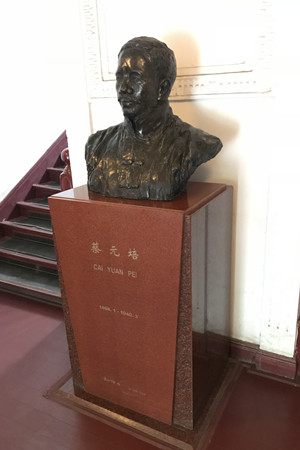
A sculpture of President Cai

The portrait of President Cai in his early life
Traces of the Past
In 1952, during the university’s reorganization, different schools were restructured and relocated to different areas. For a while, the Red Building served as the campus of the University of Political Science and Laws, but was eventually emptied out. Although it no longer hosts PKU students, the Red Building is still tied to the university, bridging the past and present. As for the building itself, despite social upheaval and China's internal wars, it still remains intact. Its red walls stand as a testament to the development of the university and the nation.
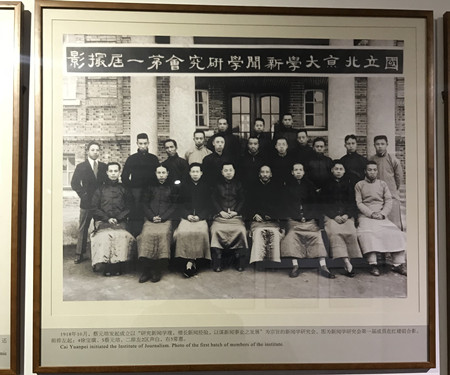
The first conference of the PKU news department
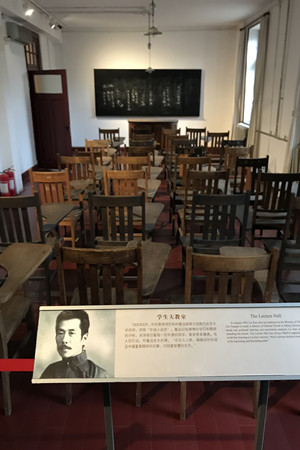
The historic PKU lecture hall
From Campus to Museum
The building was transformed into a museum in 2004 and continues to operate as such today. In 2005, it opened to the public, displaying part of PKU’s history. Although its function has changed, the interior design remains as it was, allowing visitors to experience the historic PKU library among other famous sites.
The museum has also created different thematic displays presenting information about remarkable leaders such as Lu Xun, who initially studied medicine but later studied literature. Lu promoted revolutionary concepts like anti-imperialist patriotism to the youth, paving the way to the modern revolution. Great leaders like him are featured everywhere on the display boards of the museum. Their contributions and influence on the development of PKU and China are part of the fabric of modern history. Today, the Red Building serves as the museum of the modern Chinese revolution (New Culture Movement).
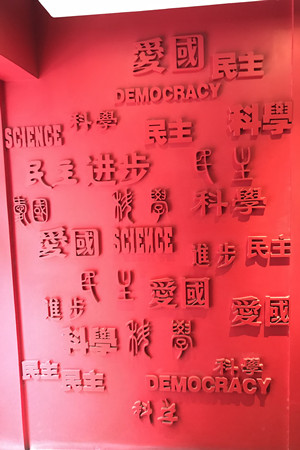
The Red wall of revolutionary concepts
Plaque highlighting the early stage of the spread of Marxism
With the support from the government, the Red Building is well maintained and, today, is a place to educate young people about the history of PKU and the milestones of modern China. Although the Red Building cannot be found on the main campus of PKU, it is still a part of PKU and a place for education. The bond between the Red Building and PKU persists.

The Red Building is under the protection of the Chinese government
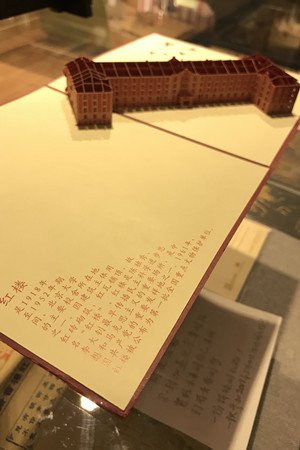
The souvenir of the Red Building
Reported by: Timophyll Fong
Edited By: Erin Dunne

